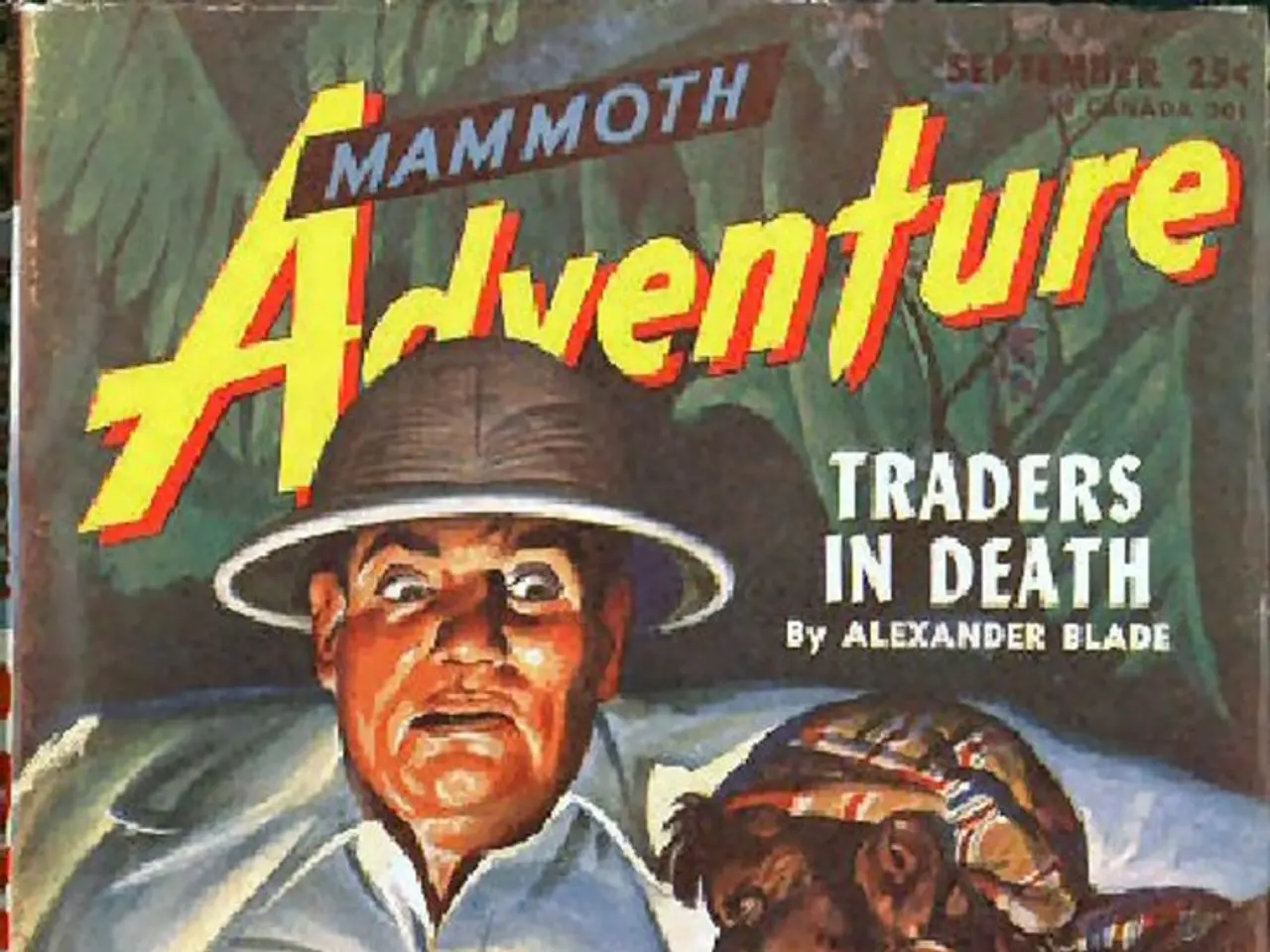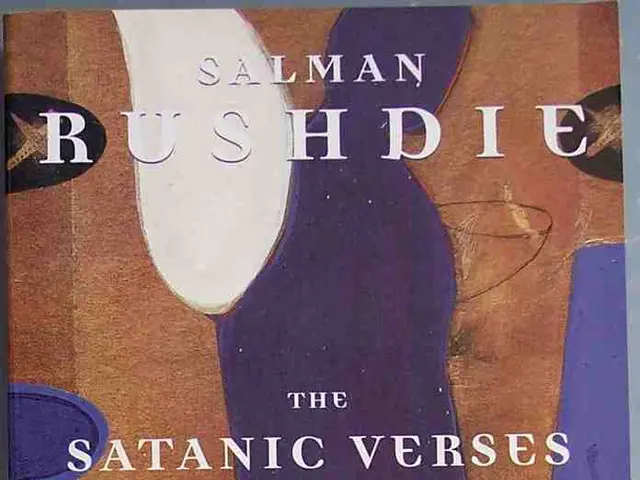Unveiling Fascinating Facts About the Infamous Vampire: Dracula
In the quaint town of Whitby, England, a chance visit to a library in 1890 would set in motion a chain of events that would forever change the landscape of horror literature. It was there that Irish author Bram Stoker came across the word "Dracula", a name that would become synonymous with the undead.
Stoker's seminal work, published in 1897, would go on to inspire countless adaptations, making its titular character the most portrayed literary figure in films and TV shows, according to the Guinness World Records. From the classic silent films to modern remakes, Dracula has been portrayed in hundreds of productions.
One of the earliest adaptations of the novel was staged at the Lyceum Theatre in London on May 18, 1897, a mere eight days before the book's publication. However, the connection between Vlad the Impaler, the historical figure often identified as the inspiration for Dracula, and the character in Stoker's novel is not certain.
One of the most notable early adaptations was F. W. Murnau's silent German film Nosferatu: A Symphony of Horror (1922). Murnau, who didn't obtain legal permission to adapt the novel, made a few changes, renaming the villainous vampire Count Orlok.
As the years passed, Dracula found himself in some unusual settings. Billy the Kid Versus Dracula (1966), Dracula's Dog (1977), and Dracula 3000 (2004) are but a few examples of these unconventional adaptations.
The Icelandic and Swedish versions of the novel differ from the original English novel, reflecting the cultural nuances of these countries. Unfortunately, the details about the person who obtained the rights to the film adaptation of Dracula in Sweden remain undiscovered.
The first film adaptation of Dracula, released in 1931, was a joint production between the Spanish and English film industries. The Spanish and English versions were filmed on the same set at the same time.
The script for the play was hastily repurposed from the novel, with scene-setting descriptions and exposition turned into dialogue. This approach, while efficient, resulted in a production that took around six hours to perform, with only two paying customers in attendance.
Despite the financial struggles of some adaptations, the Dracula franchise has continued to thrive. However, copyright issues have been a recurring issue for the Stoker family. For instance, Florence Stoker, Bram's widow, set up a film deal for Dracula with Columbia Pictures, but due to copyright issues, the book fell into the public domain, and the Stoker family didn't receive U.S. royalties.
In a tragic turn of events, Bela Lugosi, the actor who brought Dracula to life on screen, was buried wearing a cape, a decision made by his son, not Lugosi himself.
Interestingly, Slains Castle in Scotland is a far more likely candidate for Stoker's inspiration for Dracula's lair than Bran Castle in Transylvania, a place often associated with Dracula's castle. While Stoker may not have known about Bran Castle, it is unlikely that the castle was based on Bran Castle.
In 1973, Florence Stoker sued Prana Film for copyright infringement and won, but the studio was bankrupt and couldn't pay the financial settlement. Despite these challenges, the legacy of Dracula endures, continuing to captivate audiences worldwide.








